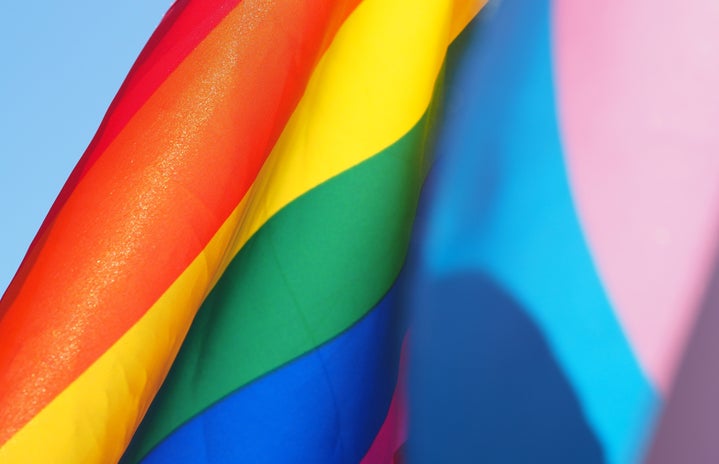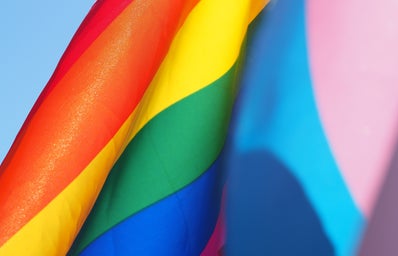The prerequisite for this course is Transphobia 101: How to be an Ally.
Transgender is an umbrella term for individuals whose gender does not match their gender assigned at birth. Gender identities that may fall under this term may include but are not limited to: transgender man and transgender woman as well as polygender and androgynous. By understanding some of the many identities that fall under the umbrella term, transgender, we can work to end misinformation and misconceptions of transgender people and better support them on a daily basis. Below are some definitions! (Disclaimer: this is NOT an exhaustive list! Instead, think of this as a foundation to continue researching and learning more about the lives of transgender people.)
-
Transgender Man: A transgender man is an individual who is assigned female at birth and identifies as male. This individual may decide to medically transition through various methods including hormone replacement and surgery. However, this individual may also not medically transition for a number of reasons. (Whether a person chooses to transition or not is a completely personal matter, and despite a person’s medical status, we should always respect their pronouns, name, and privacy in these matters.) In most cases, trans men use he/him/his pronouns.
-
Transgender Woman: A transgender woman is an individual who is assigned male at birth and identifies as female. Transgender women may also elect to medically transition via hormone replacement and surgery. Once again, medically transitioning depends on numerous factors and is a very personal and private decision for the person involved. For most trans women, they use she/her/hers pronouns.
-
Polygender: Also known as multigender, polygender folks experience one or many gender identities at any given point in time or over the course of their lifetime. This does not always indicate that they are rejecting their gender assigned at birth. Rather, they may experience that gender amongst others. There are many identities that fall under the term polygender, including amorgender, demifluid, domgender, and gendervex.
-
Androgynous: Androgynous people usually seek to attain both stereotypical male and female characteristics. This identity may be seen through fashion choice, mannerisms, and their physical appearance. (However, it is important to note that this is not always the case, and many androgynous people may not conform to this particular gender expression as a way of presenting their gender.) They may use many different pronouns, including binary pronouns (he/him/his and/or she/her/hers) or gender neutral pronouns such as they/them/theirs.
The term transgender and the numerous identities that fall underneath it are complex and can encompass many feelings, emotions, and experiences. Never assume someone’s identity, especially based on their gender expression. The list above does not cover all of the terms used to describe one’s gender identity. When curiosity spikes, do your research first. Then, if you ask questions, ensure that you create a safe and respectful conversation. It is never appropriate to ask someone, “Are you transgender?”! If they have disclosed their gender identity, be respectful and do not assume that means that they are comfortable answering all of your questions. Moreover, remember no one is entitled in knowing another person’s gender identity. Transgender people are not obligated to tell anyone they are transgender. Gender identity is extremely personal. Hopefully with this knowledge, society as a whole can work towards creating an environment that fully accepts and creates a safe space for trans people. Be kind and respectful. Be an ally. Demolish transphobia.


